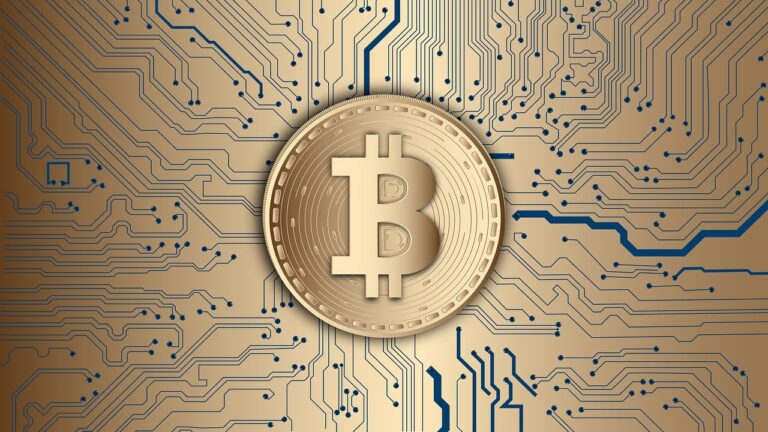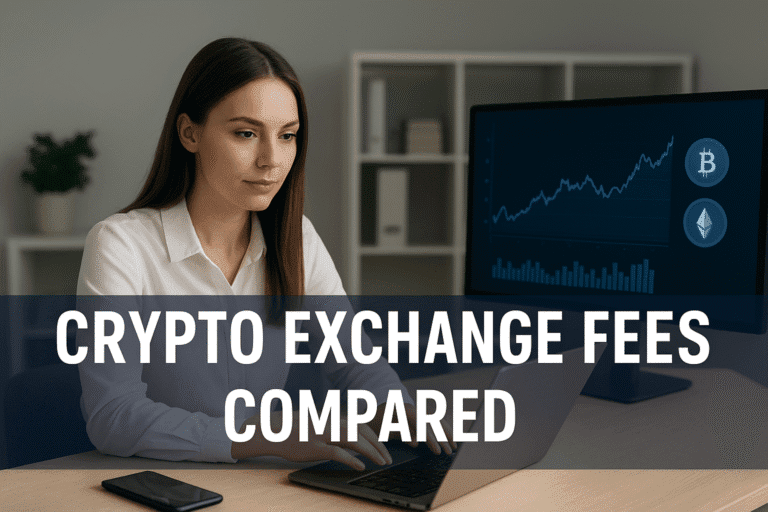How Loopring (LRC) Brings Liquidity to Decentralized Markets
At Loopring, we believe in the power of decentralized markets to provide fair and accessible financial services to people around the world. However, we also recognize that these markets can suffer from liquidity problems, which can make it difficult for traders to buy and sell assets at fair prices. That’s why we’ve developed Loopring (LRC), a decentralized exchange protocol that helps to bring liquidity to decentralized markets. Also, crypto owners have used Bit Profit that allows them to diversify their portfolios and provides security features and fast transactions.
What is Loopring (LRC)?
Loopring is a decentralized exchange protocol that allows for the trading of cryptocurrencies without the need for a centralized intermediary. Instead, trades are executed using smart contracts on the Ethereum blockchain. This provides a number of benefits, including increased security and transparency.
One of the key features of Loopring is its ability to aggregate liquidity from multiple sources. This means that traders can access a larger pool of liquidity than they would be able to on a single exchange. By bringing together liquidity from a variety of sources, Loopring helps to reduce the risk of slippage and ensures that traders can execute trades at fair prices.
How does Loopring work?
Loopring uses a unique technology called zkRollups to achieve high transaction throughput and low fees. zkRollups are a type of Layer 2 scaling solution that allows for the processing of a large number of transactions off-chain. This helps to reduce the load on the Ethereum network, which can become congested during periods of high activity.
When a trader submits an order on Loopring, it is processed off-chain using zkRollups. Once the trade is complete, the result is submitted to the Ethereum blockchain as a single transaction. This helps to reduce gas fees and ensures that trades can be executed quickly and efficiently.
In addition to its aggregation and scaling features, Loopring also supports a range of advanced order types, including limit orders, stop-loss orders, and more. This allows traders to execute more complex trading strategies and helps to further improve liquidity on the platform.
Why is liquidity important for decentralized markets?
In decentralized markets, liquidity is essential for ensuring that traders can buy and sell assets at fair prices. When liquidity is low, it can be difficult for traders to execute trades without incurring significant slippage. This can lead to price distortions and make it difficult for traders to profit from their trades.
By aggregating liquidity from multiple sources, Loopring helps to reduce the risk of slippage and ensures that traders can execute trades at fair prices. This makes it easier for traders to enter and exit positions, which helps to improve overall market efficiency.
How does Loopring compare to other decentralized exchanges?
While there are a number of decentralized exchanges on the market, Loopring stands out for its advanced aggregation and scaling features. By bringing together liquidity from multiple sources and using zkRollups to achieve high transaction throughput, Loopring is able to offer traders a superior trading experience.
In addition, Loopring’s support for advanced order types helps to make it a more attractive platform for traders looking to execute more complex trading strategies. This can help to further improve liquidity on the platform and ensure that traders are able to access fair prices.
Conclusion
Decentralized markets have the potential to revolutionize the financial industry by providing fair and accessible financial services to people around the world. However, these markets can suffer from liquidity problems, which can make it difficult for traders to execute trades at fair prices.




